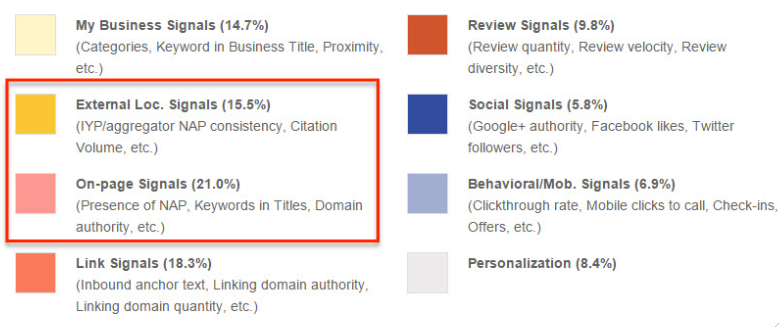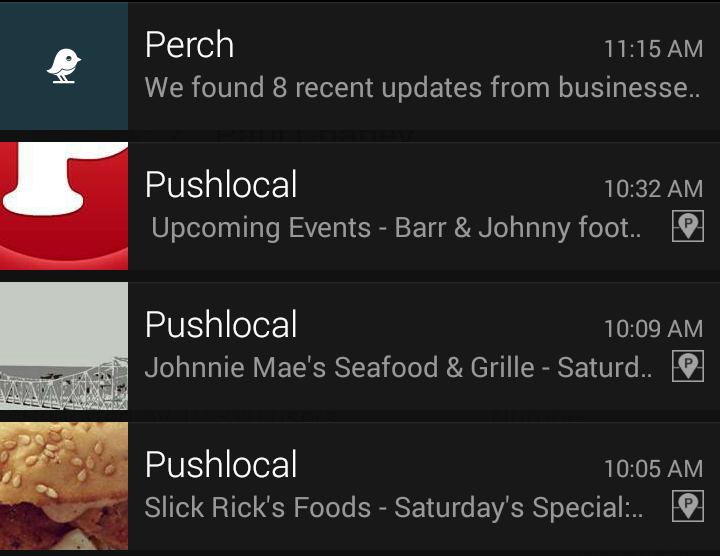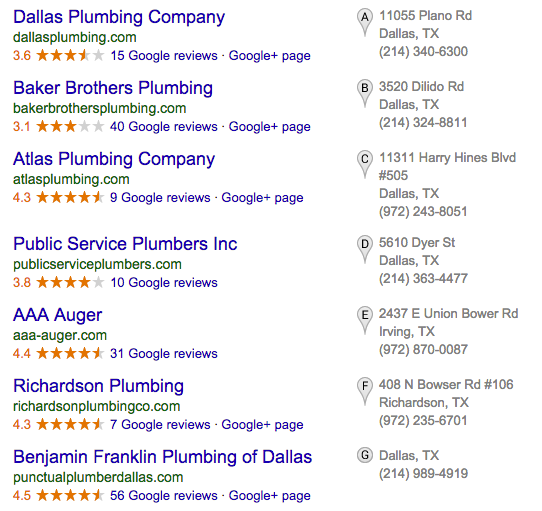Editor’s Note: This article was originally published by Web Marketing Today. Practical Ecommerce acquired Web Marketing Today in 2012. In 2016, we merged the two sites, leaving Practical Ecommerce as the successor.
Three characteristics define today’s consumers: They rely on the influence of social network friends and followers when making purchase decisions; they shop locally as well as online, and they are increasingly dependent on mobile devices to find business information.
There’s a term associated with this new breed of consumer — “SoLoMo”— which is an amalgam of the words “social,” “local,” and “mobile.”
Let’s take a closer look at these three characteristics and discuss ways local businesses can market to the SoLoMo consumer.
Social
Social media is rarely the last point of contact prior to making a purchase, but it assists with buying decisions, thanks to the influence of social network friends and followers. Roughly 72 percent of consumers will use a merchant if recommended by a social connection, reported comScore.
Local
Searches are more localized. According to research from Forrester, one out of five desktop searches are related to location and 50 percent of mobile searches have local intent. Local online research influences 42 percent of in-store sales.
Consumers shop locally. Eighty percent of all purchases are made within 15 miles of a person’s home or destination.
Even large brands are going local. In 2014, Avis, the car rental company, launched local Facebook, Foursquare, and Google Places (now called “Google My Business”) pages for each of its Avis Car Rental, Budget Car Rental, and Budget Truck Rental facilities in the U.S. and Canada.
Mobile
From a commerce standpoint, the growth of mobile technologies has several implications.
Payment. Companies like Square and Paypal allow anyone with a checking account to take payments using a mobile device. Apple Pay has turned phones into a mobile wallet where consumers can pay in-store simply by tapping their phones.
Coupons. Shoppers can use their smartphone to redeem digital coupons offered by companies like RetailMeNot and Entertainment Book.
Advertising. Mobile ad spending currently accounts for 49 percent of all digital advertising; Facebook now serves 73 percent of its ads via mobile devices.
Sales. Four out of five searches via mobile devices lead to a purchase, often within a few hours, said comScore. Nearly three out of four searches brought the customer into a brick-and-mortar store.
Location-awareness. No longer chained to a desktop computer, mobile users are more tuned-in to their environment and receive a stream of continuously updated information based on their location. (Even automobile manufacturers are turning their cars into mobile search and discovery engines.)
Wearables. Wearables like the Apple Watch and Samsung Galaxy Gear will likely have an effect on local search and discovery, due to their convenience and ease of use.
Marketing to the SoLoMo Consumer
Here are eight ways to market to the SoLoMo consumer.
- Optimize your website for mobile. This is a must, due to the consumer’s reliance on mobile devices. 51 percent of smartphone users say they are more likely to purchase from retailers with a mobile-friendly website.
- Ensure the accuracy of your business NAP (Name, address, phone). Consumers searching for a local business will rely on the correctness of this information. Google includes the NAP as part of its local search ranking algorithm.

Google includes NAP in local ranking factors. (Source: Moz)
Include the NAP on all pages of your website and use the same details and format when you mention your address on other sites (i.e., local citations). Citation inconsistency is the number one issue affecting local ranking.
- Sign up for Google My Business. Google My Business complements your existing website by giving your business a public identity and presence on Google. The information you provide about your company can appear on Google Search, Maps, and Google Plus.
- Advertise on apps targeted to mobile users. Apps like Pushlocal and Foursquare allow advertisers to push notifications to the mobile devices of prospective customers who are geographically nearby. Perch, a free service, collects data from social media and pushes it to the user’s phone based on geo-location.

Advertise on apps that push notifications to users.
- Claim your listing in local business directories. Local business directories can amplify your company’s presence on the web. Even if consumers do not visit these sites directly, they could access them via search engines. Directories tend to rank highly in local search.

Business directories tend to rank highly in local search.
- Expand your footprint on social media with an emphasis on local. People use mobile devices to research, chat, tweet, and share their buying experiences with friends on social media. It makes sense, then, to have a voice in the conversation.
- Focus content development to the local level. Search engines check your website looking for useful, relevant information. Having a blog where you address the local-specific needs that your business can fill, talk about area events and activities, and even feature other non-competing local businesses helps search engines better understand your website’s intent, which may lead to improved local search ranking.
- Get local reviews. Business ratings and reviews appear in Google’s “local pack” listings. But don’t limit your reviews to Google. Focus on getting reviews on business directories such as Yelp and Merchant Circle. Good reviews can make people feel more comfortable about doing business with you.

Customer ratings and reviews appear in Google “local packs.”







